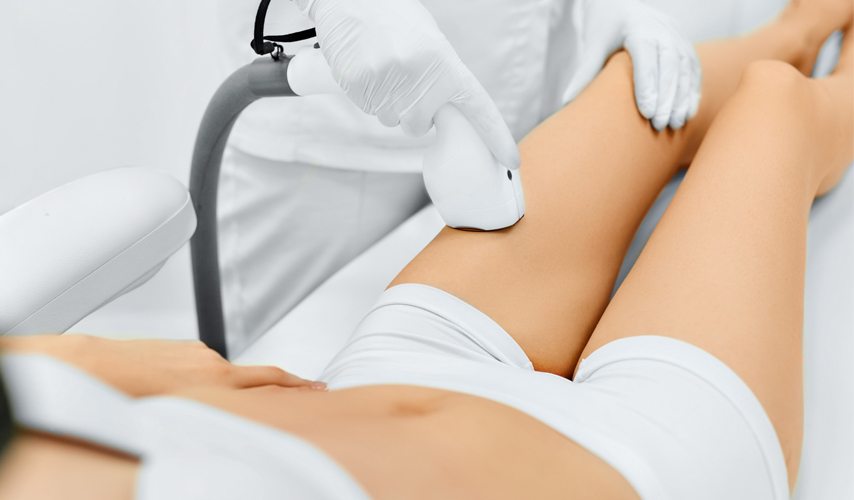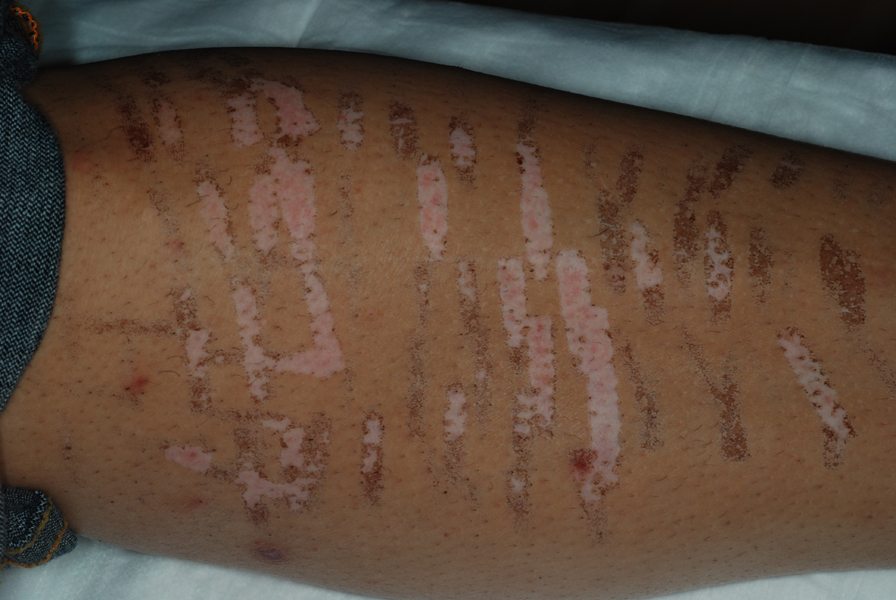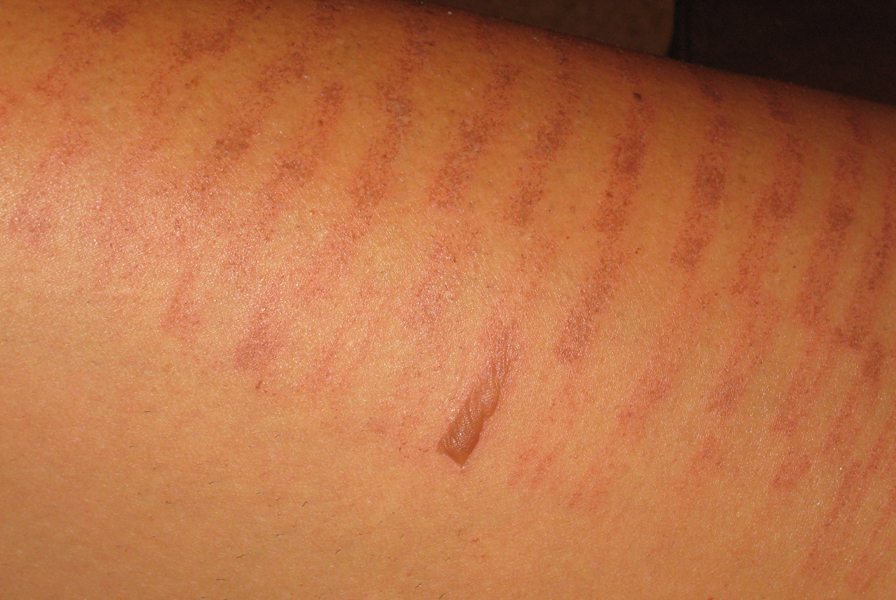Since the practice of medicine is regulated state-by-state, who can operate a professional, class IV medical laser varies depending upon where treatment occurs.
Some states limit who can operate to a medical professional (MD, DO, RN, MSN, PA), and require MD/DO supervision of other medical professionals to be on-site; while others have very few requirements concerning who can use a medical laser. Very few states limit their use to MDs or DOs. Even if the state you are being treated in requires a medical license, like a driver’s license, it’s a minimum requirement and not a guarantee that your practitioner is experienced or has expertise.
A great way to get a recommendation for laser treatment is to ask your doctor and other dermatologists, or friends you know who have had laser treatments.

First things first: Laser Safety
Lasers for hair removal use relatively long wavelengths and large spot sizes; both result in laser energy penetrating deeply into skin. This is a good thing since hair follicles extend into the fat, in the deepest layers of our skin. This also means that we need to be careful to avoid deeper structures that we aren’t aiming at, like eyes and teeth. Laser surgeons often protect the teeth with gauze when performing laser hair removal. In addition, this author will not treat above the bottom of the eye socket, and does not treat the uni-brow with laser as it is too close to the eyes (this is a perfect small spot for electrolysis).
Proper laser eyewear must be worn at all times when in a laser treatment room, and a sign should be on the door stating what wavelength is being used in each room.

